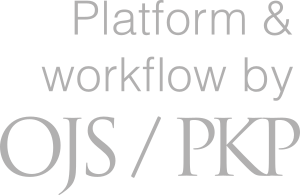A metamodel-based design optimization scheme for minimizing energy consumption of unconditioned residential buildings considering passive features
DOI:
https://doi.org/10.23998/rm.146996Avainsanat:
nearly-zero energy buildings, passive design, parametric modelling, optimization, metamodelAbstrakti
The demand for appliances and equipment has risen as a result of emerging technologies and increasing economic growth. The outcome is high level of energy consumption worldwide, particularly in structure and infrastructure sectors. Among these sectors, residential construction stands out as one of the primary energy consumers for infrastructure development. Thus, to construct buildings that use net-zero or nearly-zero energy, architects and engineers must prioritise energy-efficient planning and implementation. This paper aims to develop a scheme to minimize the energy consumption of an unconditioned residential building based on design optimization of passive architectural design variables. Here, a parametric model is developed by using four passive architectural design variables: orientation, window-to-wall ratio, shading depth and shading angle, This generates a large number of options for the analysis of the building's energy consumption. A metamodel-based design optimisation strategy has been implemented for a single-family, single-storey, unconditioned residential building in Guwahati City, India, with the objective to minimize energy use. The results from the case study showed that by optimizing the above-mentioned passive design strategies, the energy consumption of the considered building is lower by 52% as compared to the reference design.
Tiedostolataukset
Julkaistu
Numero
Osasto
Lisenssi
Copyright (c) 2025 Shrutismita Talukdar, Subhrajit Dutta

Tämä työ on lisensoitu Creative Commons Nimeä 4.0 Kansainvälinen Julkinen -lisenssillä.




